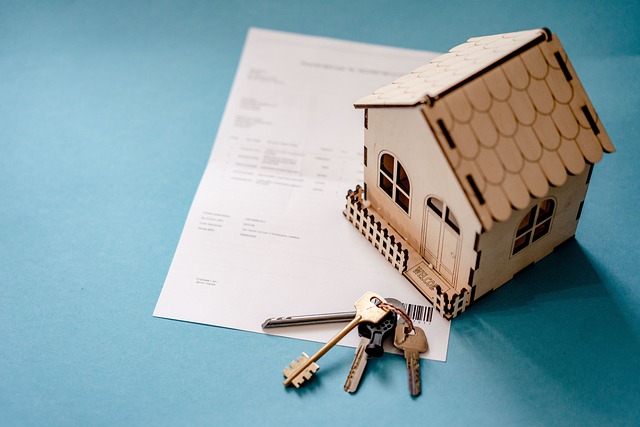Making a low down payment (5-10% of purchase price) in real estate allows buyers with limited savings to enter the market, showcasing commitment to lenders. However, this strategy comes with implications like higher interest rates, Private Mortgage Insurance (PMI), increased loan amounts, and stringent lending requirements. To navigate the real estate landscape effectively, assess your budget, maintain an emergency fund, enhance/preserve your credit score, and aim for a balanced down payment to secure favorable loan terms.
In today’s competitive real estate market, making a low-down payment is often required for first-time buyers. This comprehensive guide explores the intricacies of low-down payments, delving into their benefits and challenges. We discuss practical strategies to prepare for such a purchase, offering valuable insights for those navigating the world of real estate. Understanding these dynamics can empower buyers to make informed decisions, ensuring a smoother journey towards homeownership.
Understanding Low-Down Payments in Real Estate

In the realm of real estate, a low-down payment refers to an initial investment required by buyers when acquiring property. This practice is a common financial strategy that allows aspiring homeowners to enter the market even with limited savings. Down payments serve as a significant milestone in the homeownership journey, demonstrating a buyer’s commitment and financial stability to lenders. Understanding this aspect is crucial for anyone looking to navigate the real estate landscape.
When considering a property purchase, buyers are often expected to contribute a certain percentage of the total cost upfront. This deposit varies based on market conditions, loan type, and seller preferences. A low-down payment can range from as little as 5% to 10% of the purchase price, providing an affordable entry point for first-time buyers or those with budget constraints. It’s important to note that while a smaller down payment makes homeownership more accessible, it may also result in certain implications, such as higher interest rates or the need for private mortgage insurance (PMI).
Benefits and Challenges of Making a Small Down Payment

Making a small down payment on a real estate property has both advantages and disadvantages. One of the key benefits is financial flexibility; it allows buyers to enter the market with less cash outlay, making homeownership more accessible, especially for first-time purchasers. This strategy can also reduce the overall cost of borrowing since the loan amount is lower, potentially resulting in lower interest rates and monthly payments.
However, challenges exist. A smaller down payment means a larger loan, increasing the risk of higher interest rates over time. Additionally, buyers may face more stringent lending requirements and could be required to pay private mortgage insurance (PMI), adding to the overall cost of homeownership. While it provides an opportunity for many, it’s crucial to carefully consider the financial implications and long-term commitment before opting for a low down payment in the real estate market.
Strategies to Prepare for a Low-Down Purchase

When considering a low-down purchase in real estate, it’s crucial to implement strategic planning and financial preparedness. Start by evaluating your budget and savings; determine how much you can comfortably put down as a down payment while keeping an emergency fund intact. This step is vital to ensuring financial stability during the buying process and afterward.
Next, improve or maintain your credit score. Lenders often look at credit history and scores to approve loans. Regularly paying bills on time, reducing debt, and checking your credit report for errors can significantly enhance your chances of securing a favorable loan with a lower down payment requirement.






